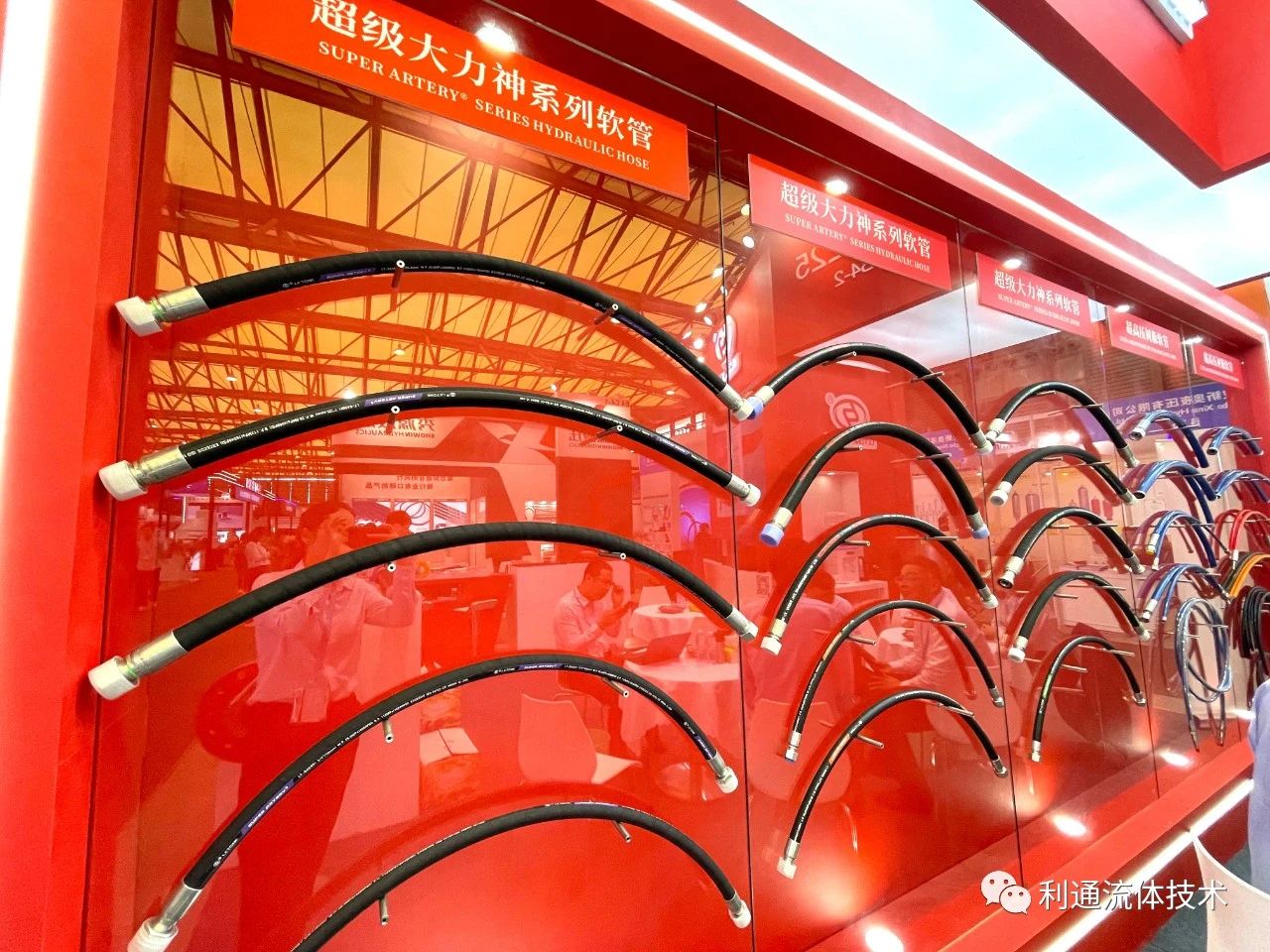Strong environmental resistance: the outstanding characteristics of EPDM hoses
2024-10-29 14:24:24
In the industrial and commercial fields, EPDM hoses have become an indispensable part of all walks of life. Whether in automobile manufacturing, construction, or in complex production conditions such as chemicals and pharmaceuticals, EPDM hoses play a key role. The reason why this hose is so popular is mainly due to its excellent physical and chemical characteristics. This article will analyze the various aspects of EPDM hoses in depth to reveal why this material has a place in many industries.
First of all, EPDM hoses are known for their excellent weather resistance and ozone resistance. In the natural environment, ozone and ultraviolet rays usually have a great impact on rubber products, which may cause material aging, cracking and even failure. However, EPDM hoses perform well in this harsh environment because its molecular structure contains excellent saturated hydroxyl groups, and its double bond main chain has acrylonitrile, which gives it strong ozone resistance. This allows this hose to maintain its performance for a long time outdoors or in other harsh environments.
Secondly, EPDM hoses are extremely heat-resistant and cold-resistant, and they can withstand a wide temperature range, which is one of the reasons why they stand out in industrial applications. EPDM hoses can work normally in a temperature range of -40°C to +150°C, which makes them suitable for various applications in thermal energy equipment and refrigeration equipment. In addition, its thermal stability is not limited to short-term use, but can withstand temperature changes for a long time, which is particularly important for mechanical equipment and specific production lines that need to operate for a long time.
In addition to weather resistance and wide temperature range adaptability, EPDM hoses also excel in chemistry. It has good resistance to many chemicals such as acids, alkalis, salts and oxidants, making it a favorite in the chemical industry. In the process of chemical production and distribution, conveying corrosive or irritating media is a common task, and the corrosion-resistant properties of EPDM hoses ensure safe and efficient production operations. In addition, depending on the application, EPDM hoses can also be optimized by formulating different compounds to meet customers' specific chemical resistance needs.
In terms of physical properties, the elasticity and flexibility of EPDM hoses are also one of its highly respected characteristics. It can bend and stretch easily to meet the requirements of different operating environments, while avoiding the common cracks or breaks of traditional metal pipes when bent. This excellent elastic property means that it performs well in absorbing vibrations and shocks, and is widely used in scenarios where mechanical fluctuations need to be offset, such as automotive cooling equipment and industrial conveyor chains. This excellent vibration absorption ability not only helps to extend the life of the equipment, but also effectively reduces noise during the use of the facility and improves the working environment.
In terms of installation and maintenance, EPDM hoses also show commendable simplicity. Its light weight and easy-to-operate characteristics make it easy for installers to quickly complete connections and configurations, reducing manpower and time costs. At the same time, EPDM hoses require little maintenance. Compared with pipes made of traditional materials, it requires less inspection and replacement frequency, thus saving companies maintenance expenses in long-term use. The natural inertness of this material means that it is not easy to degrade under extreme conditions, thereby reducing unexpected downtime caused by material failure.
However, despite its many advantages, EPDM hoses are not perfect. Its main disadvantage is its weak resistance to oils and greases. Therefore, although EPDM hoses perform well in most application scenarios, their scope of use still needs to be carefully considered for industries involving the transportation of grease and mineral oil. This feature needs to be noted by users when choosing the application occasion to ensure that the selected hose material is suitable for the specific purpose.
In summary, EPDM hoses have firmly established their position in industrial applications with their weather resistance, chemical resistance, wide temperature applicability, excellent elasticity and easy maintenance. Although resistance to oils is its more obvious shortcoming, due to its excellent performance in many other aspects, this has not significantly hindered its application prospects in many fields. In the future, with the advancement of technology and the development of materials science, EPDM hoses will undoubtedly continue to demonstrate their indispensable value in more new fields.